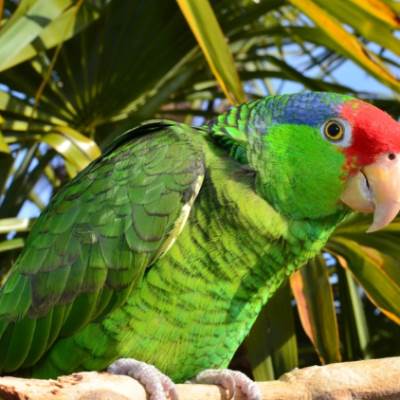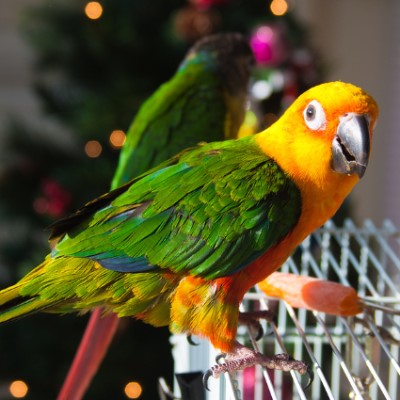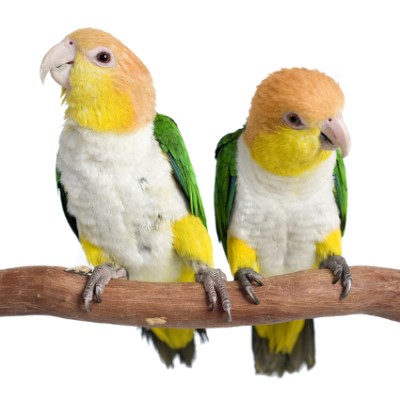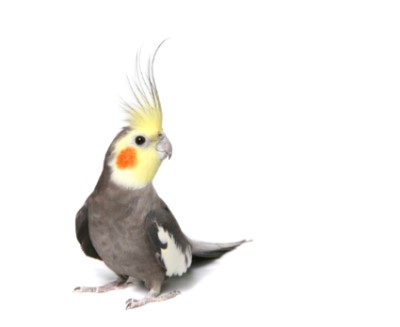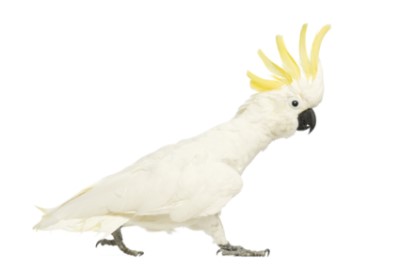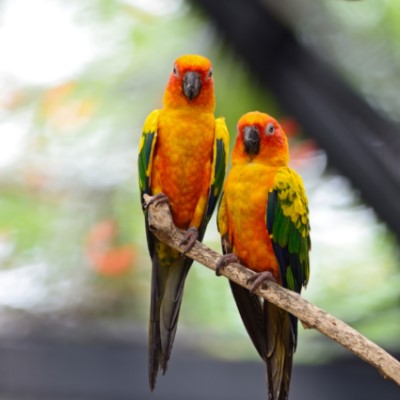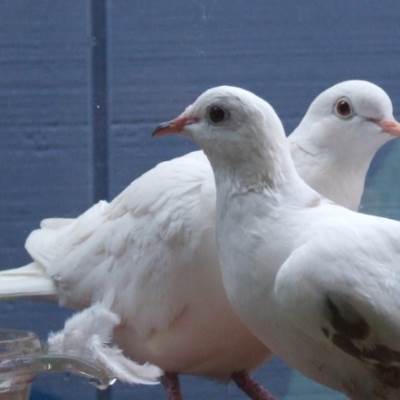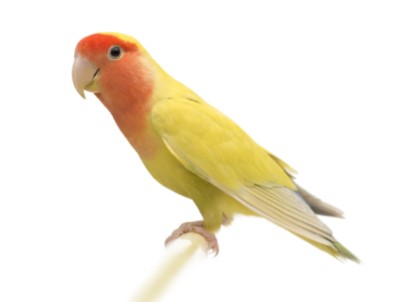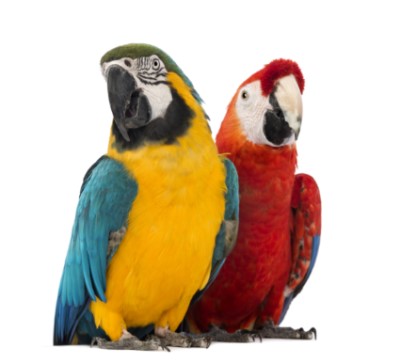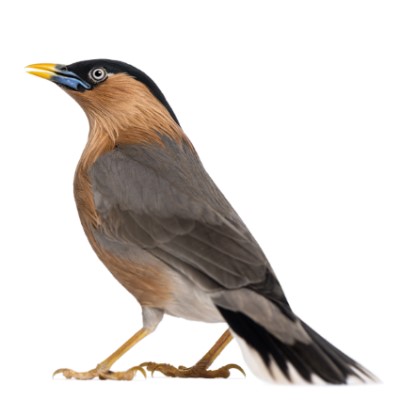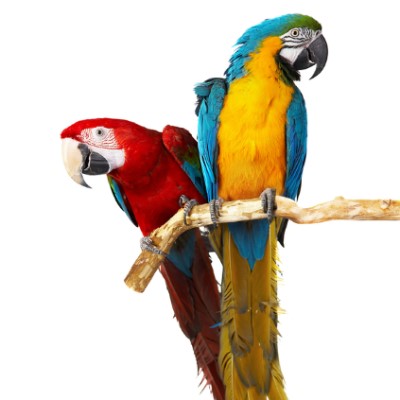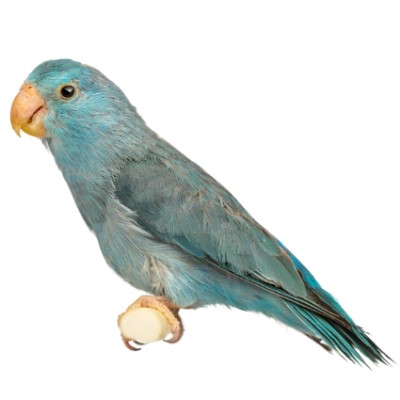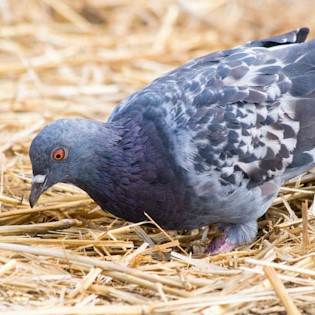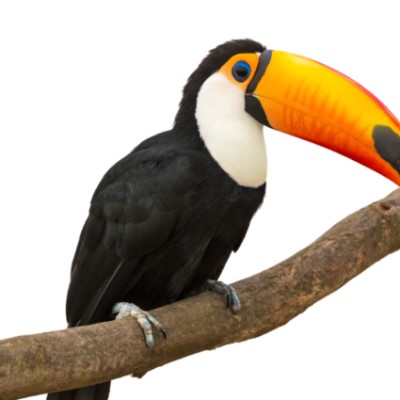Common Reasons for Surrender
The rosellas are not surrendered very often because they tend to get stress-related illnesses and die easily. They have a loud shrieking voice and are oftentimes more work than people expected when they first adopted the bird.
Pros
Besides being a very beautiful and colorful bird, it can be fun to teach the rosella to whistle.
Cons
In short, rosellas are like many other parrot species—they are loud, messy, and they bite. This parrot does not want to be cuddled and is more for watching than handling. People who raise a rosella often say that the bird became difficult to handle after it reached maturity. The rosella can become nippy and aggressive toward people.
Parrots in general are not the best pets for small children. The fingers of a small child wiggling inside the bars of the cage will look like the caterpillars, cockroaches, or bugs that parrots eat in the wild. Also, birds tend to be startled by high-pitched sounds or fast moving objects. When a child is old enough to cross the street alone, he is old enough to help his parents in taking responsibility for a parrot.
Diet
Your rosella will enjoy a mixture of pellets, seed, fruits, vegetables, and nuts, but are different in that they also like to eat insects. Rosella are typically ground feeders, so your bird may try to eat her food from the floor of the cage rather than from a food container placed higher.
Exercise
Provide the rosella with plenty of perches (wooden perches are best) and a large flight to fly about and exercise.
Possible Health Issues
Because the rosella feeds off the ground, she is prone to internal parasites. Be sure to keep the cage clean. It helps to keep your rosella’s feeding dishes elevated just a little to prevent contamination from food.
Housing
The rosella needs a lot of space. It is recommended that you build or purchase a large aviary. Rosellas are not extremely noisy and can be kept in an apartment.
Grooming
The rosella needs basic parrot grooming. Bathing is especially important and removes dust, relieves dry skin, and provides a healthy shine after the feathers are dry. Be sure your bird has time to dry completely before bedtime. Birds that don’t seem to like the bath may do very well if you mist them with a spray bottle. Start off lightly to see if she likes it.
Rosellas need their nails trimmed, something that should be first done by a veterinarian or groomer so the new rosella owner can learn how to do it properly. Watch a YouTube video on how to clip the nails of a Rosella.
Training
The rosella does not usually talk profusely, but she will learn to whistle if trained when she is young.
Entertainment
The rosella is known for chewing, so be sure to provide “chew toys” that will occupy and keep her from boredom.
We want to thank Feathered Friends Forever, Harlem, Georgia; Avian Rescue Corporation (ARC), Concord, California; and Exotic Bird Hospital, Jacksonville, Florida, for help with this profile.
|
|


